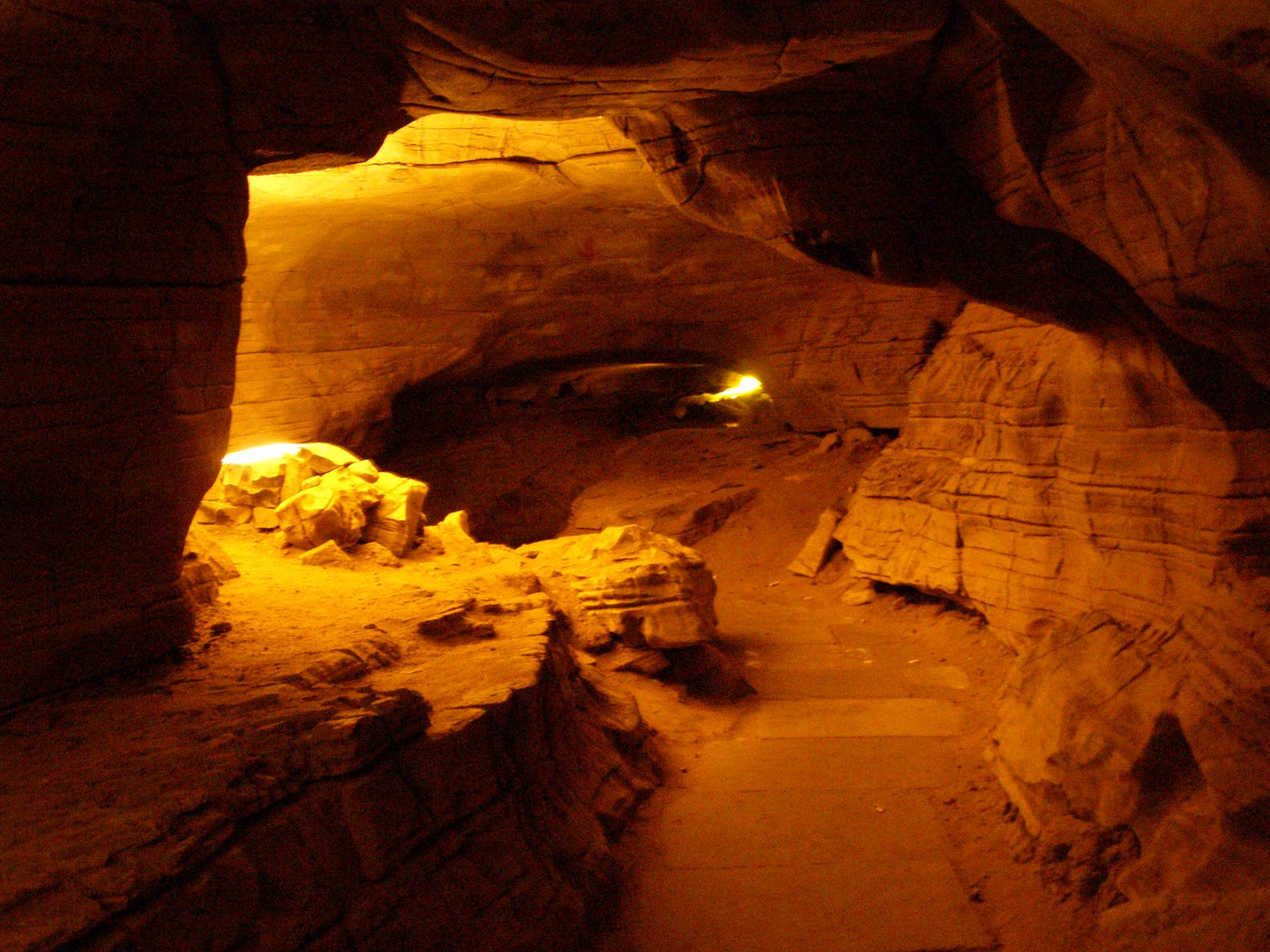Ancient limestone caves revealing geological wonders and monastic history





Belum Caves represent a remarkable geological formation nestled in the Nandyala district of Andhra Pradesh, offering visitors a profound journey through natural and historical landscapes. Discovered by British geologist Robert Bruce Foote in 1884 and extensively mapped by a German expedition in the early 1980s, these caves have been silent witnesses to human civilization for thousands of years.
The intricate network of underground passages, carved meticulously by water flowing through limestone over millions of years, showcases nature's extraordinary sculptural abilities. Stretching over 3.5 kilometers, with 1.5 kilometers accessible to visitors, the caves reveal complex geological processes that have shaped this subterranean marvel. The deepest point, Pataalaganga, plunges 46 meters below the entrance level, presenting a breathtaking underground landscape.
Historical significance permeates every chamber of Belum Caves. Archaeological discoveries, including vessels dating back to 4500 BC, suggest these caves were among the earliest human settlements in India. Buddhist and Jain monks historically utilized these natural formations as meditation spaces, leaving behind subtle yet profound cultural imprints. The "Meditation Hall" and unique stone formations bear testimony to centuries of spiritual practices.
The caves' geological complexity is matched by their biological diversity. The German expedition not only mapped the caves but also discovered unique species like Andhracoides gebaueri, a microscopic arthropod inhabiting the Pataalaganga chamber. This discovery underscores the caves' scientific importance beyond their visual splendor.
Unique geological features define the cave system's character. Stalactites and stalagmites create intricate formations, with chambers like the "Kotilingalu Chamber" hosting thousands of limestone structures resembling divine lingams. These natural sculptures represent millions of years of patient water-driven sculpting, transforming limestone into extraordinary architectural wonders.
The caves' modern journey from a local waste dump to a protected archaeological site reflects community and governmental commitment to preservation. Declared a protected area in 1988 and opened to the public in 2002, Belum Caves have been carefully developed by the Andhra Pradesh Tourism Development Corporation. Thoughtful infrastructure like pathways, illumination, and fresh-air shafts have made these ancient formations accessible to contemporary explorers.
Visiting Belum Caves offers more than a geological expedition; it provides a transformative experience connecting visitors with ancient natural processes and human history. The caves stand as a testament to the delicate interplay between geological time, human spirituality, and natural beauty, inviting contemplation and wonder in equal measure.
Discover more attractions within 50km that might interest you

Hampi, Karnataka
Royal Platform Where Vijayanagara Kings Celebrated Mahanavami Festival

Gandikota, Andhra Pradesh
Ancient fort nestled in Andhra Pradesh's stunning Penna River gorge

Kadapa, Andhra Pradesh
Ancient Gandikota Fort: Canyon Fortress with Strategic Significance
Anantapur, Andhra Pradesh
Ancient Veerabhadra Temple: A Marvel of Vijayanagara Architectural Splendor